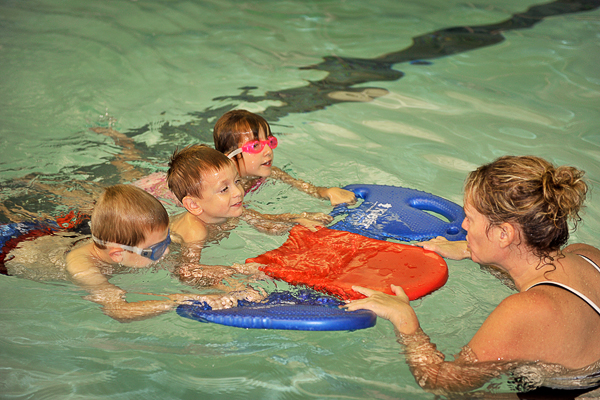
Eva Alessia, D.O.
“Should we have our son circumcised?” For parents of newborn boys, that is the question. Up until recently, the American Academy of Pediatrics (AAP) did not have an official policy on circumcision. There is still no official policy, but the AAP will state that there is a slight benefit to being circumcised. The benefits are: decreased risk of urinary tract infection in the first 12 months of life, decreased risk of penile cancer and a lifetime decreased risk of HIV and other sexually transmitted infections. For certain religions and cultures, circumcision is a part of life.
As with all procedures, there may be some risk, such as bleeding, infection, removing too much or too little of the foreskin. There are less complications when the circumcision is done in the newborn period than when the child is older.
The decision to circumcise your son may be a complicated one. Or it may be as simple as Dad saying, “I want my son to look like me.”
Learn more from the AAP at http://tinyurl.com/pgwkfaj






